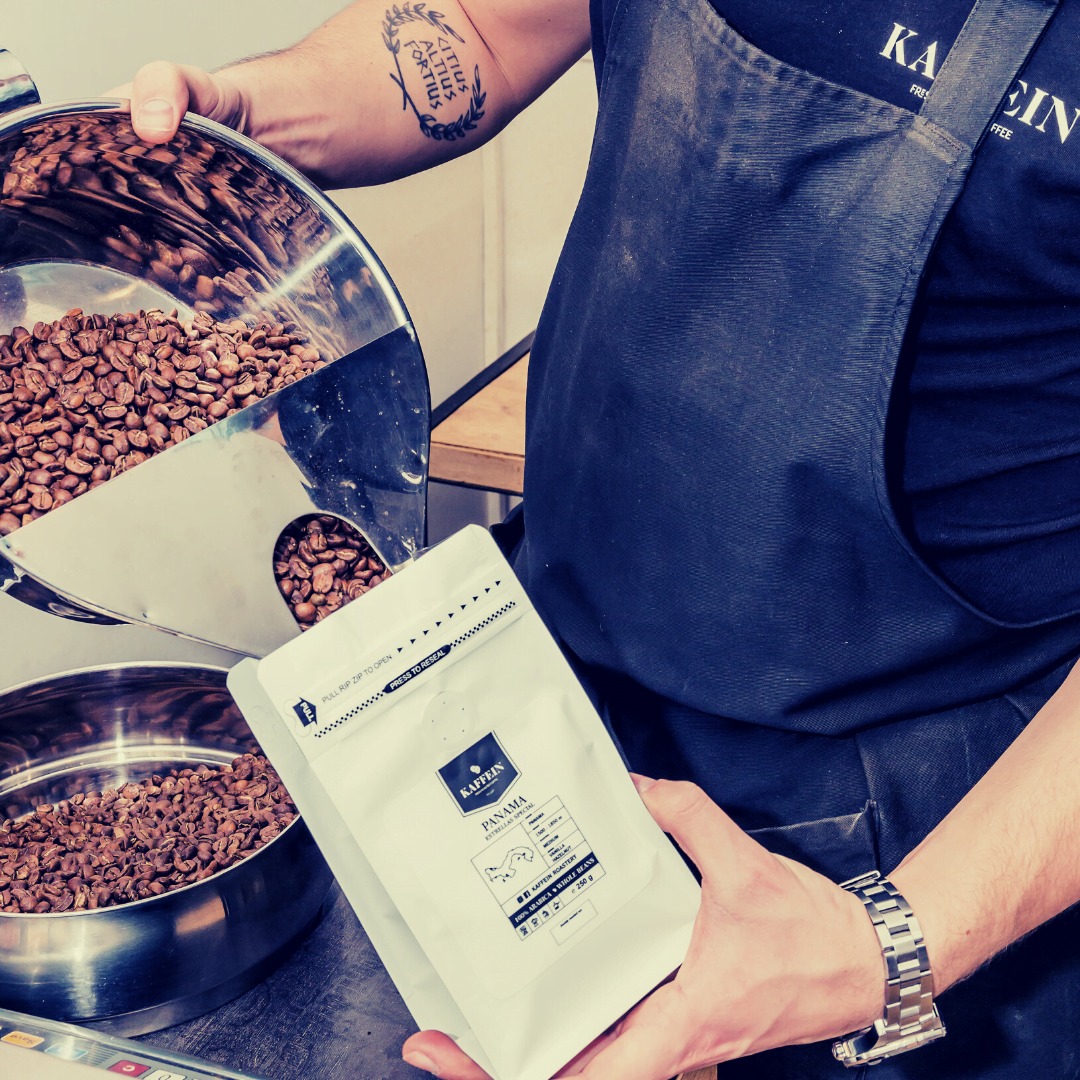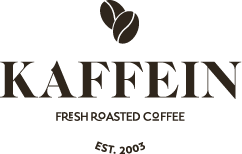- No products in the cart.

Our Process
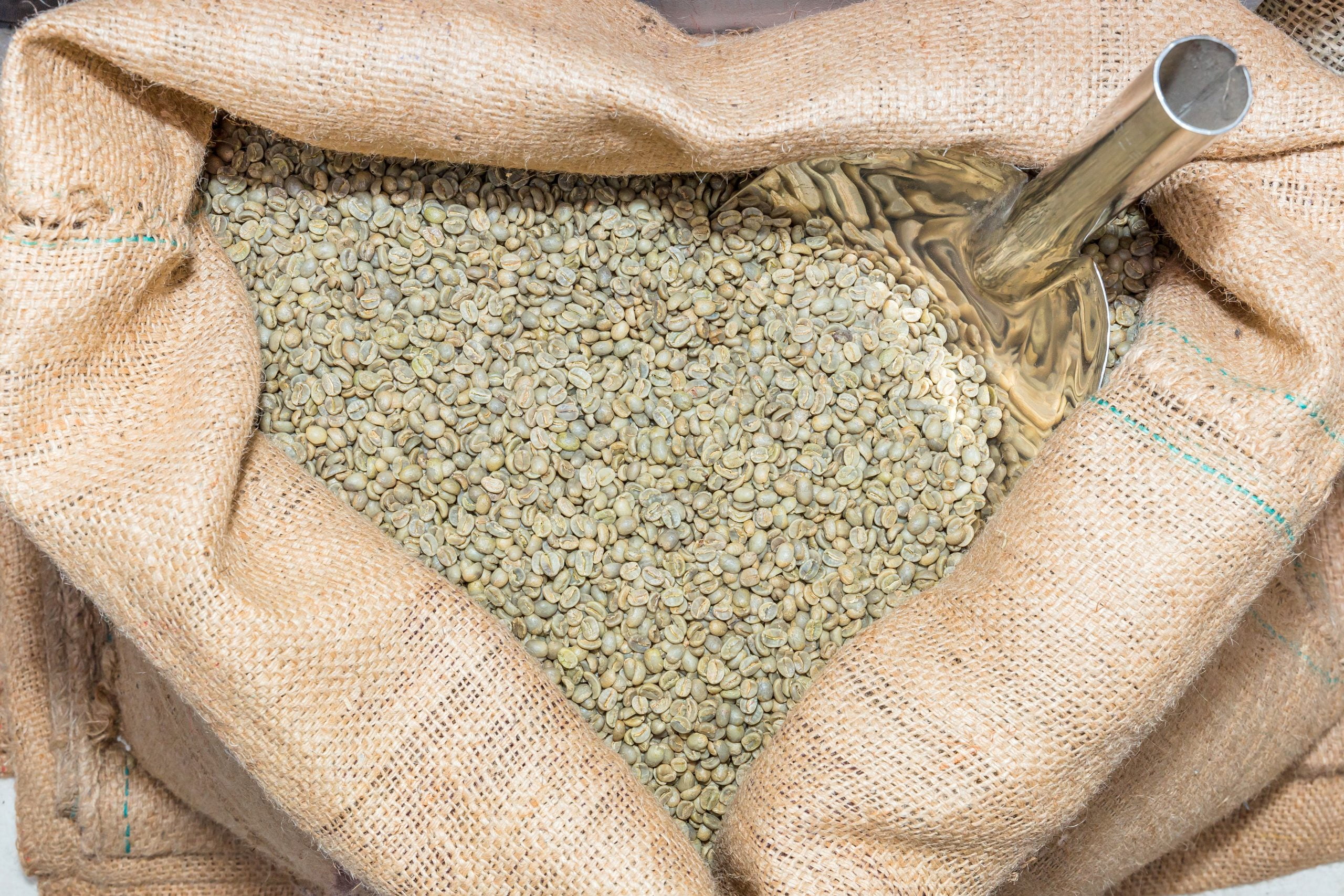
Just like wine, the taste of coffee reflects the geographic region in which the beans have been grown, as well as the exact species of the coffee plant. Certain regions have distinctive characteristics, depending on the soil, elevation, and farming methods of the individual grower. Other factors that can influence taste include whether the beans are shade-grown or organic, the methods of enriching the soil and processing the beans and whether the farmers and pickers are paid enough so that they care about doing a good job.
coffee roastery
In Kaffein Roastery from Floreasca 57, Bucharest, the raw coffee beans are roasted at low temperatures while being gradually warmed for 20 minutes. This process is carried out under close scrutiny to get the most out of the product.
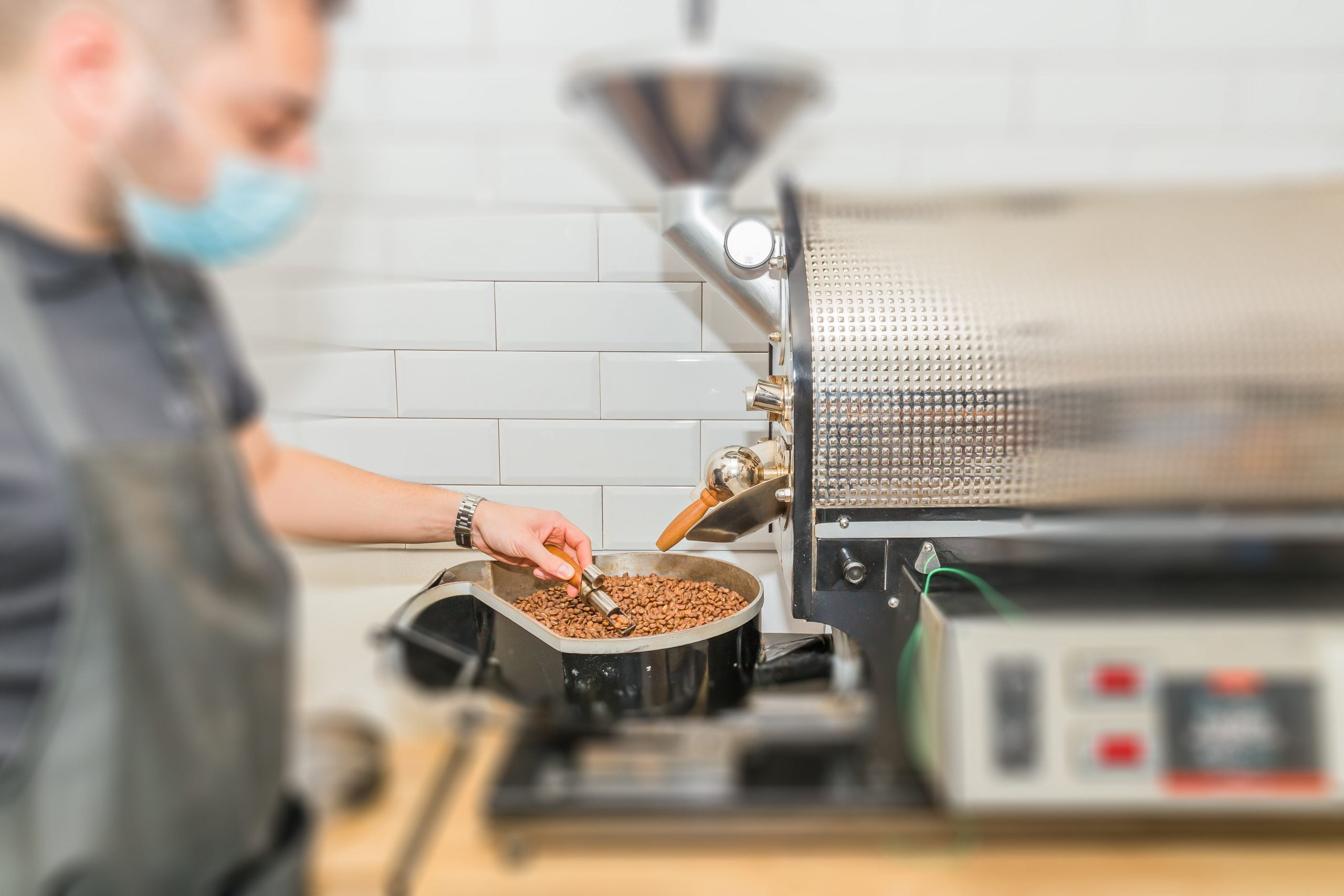
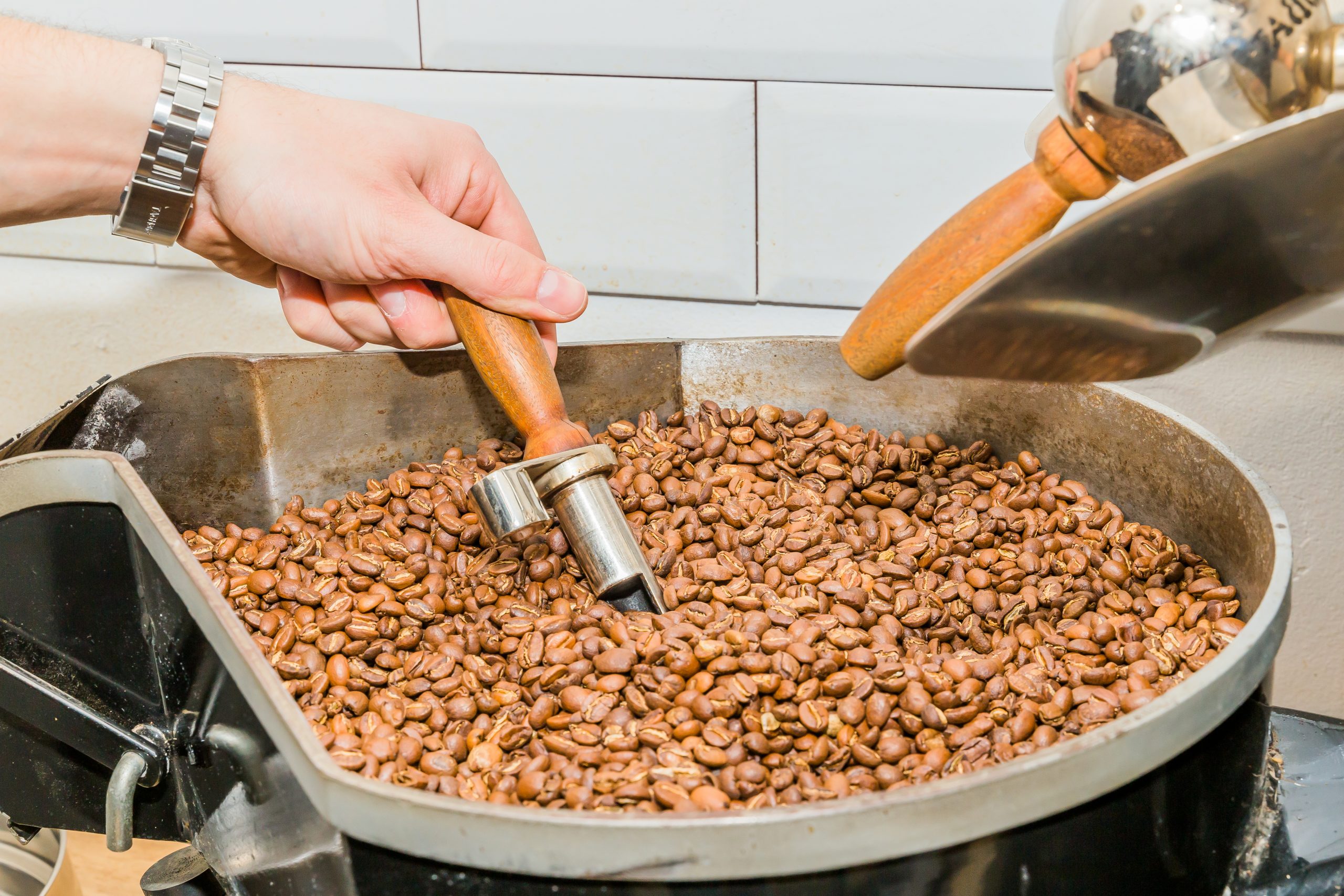
roasting coffee beans
Our 4th generation of roastery mastery is crucial in delivering medium to light roasting level perfection in each coffee box.
packaging coffee
After being roasted, coffee beans naturally release both volatile and non-volatile gases.
These gas, comprised of around 80 percent CO2, help add to the coffee’s flavor. But the problem is the gas continues to emit for too long. When left in a sealed packet, it spoils the product and reduces shelf life.
To alleviate this problem, a one-way degassing valve can be installed in coffee pouches for packaging. The valve is designed to replace the oxygen with a minimum of 3 percent nitrogen. Not only do the beans stay fresher for longer, but it prevents the pouch from bursting due to excess gas.
